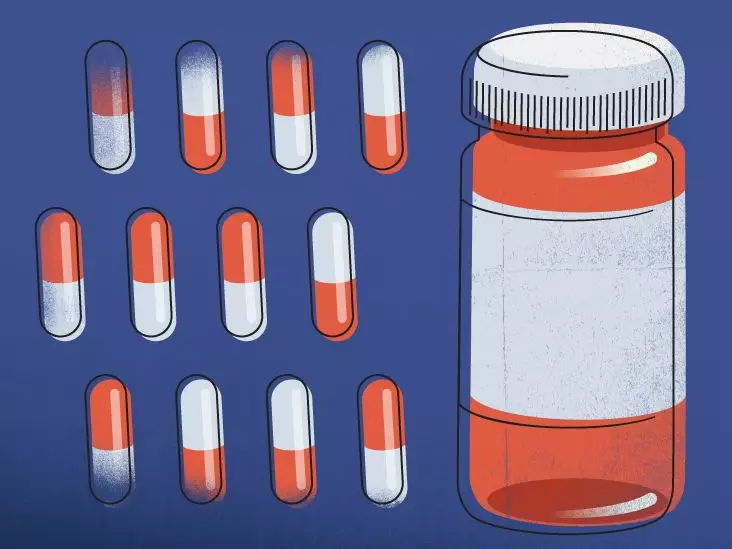Vraylar, a medication primarily used to address severe mental health conditions, particularly bipolar disorder and schizophrenia, operates through a complex mechanism of action that indirectly targets the balance of neurotransmitters in the brain. These neurotransmitters, such as dopamine and serotonin, are pivotal in various cognitive and emotional processes, making their regulation crucial for mental stability. An exploration of how Vraylar interacts with these neurotransmitters can shed light on its effectiveness and the intricacies surrounding its use.
The Role of Neurotransmitters in Mental Health
Neurotransmitters are biochemical messengers that play a vital role in transmitting signals between nerve cells in the brain and throughout the body. The harmony between these chemicals affects mood, thought patterns, perceptions, and behaviors.
Dopamine, often referred to as the “feel-good” neurotransmitter, is involved in reward-related behaviors, pleasure, and motivation. In contrast, serotonin is linked to the regulation of mood, anxiety, and happiness. An imbalance between these two neurotransmitters is commonly associated with a host of psychological ailments, including depression, mania, and various forms of psychosis.
Psychosis, for example, manifests through symptoms such as hallucinations and delusions. Hallucinations may involve the perception of non-existent sounds or sights, while delusions are unfounded beliefs that compromise a person’s grasp on reality. Understanding these symptoms underlines the critical nature of addressing neurotransmitter imbalances, which is precisely where Vraylar steps in.
Vraylar’s defining mechanism revolves around its ability to recalibrate the action of dopamine and serotonin within the brain. By modulating the pathways of these neurotransmitters, Vraylar aims to alleviate the debilitating symptoms of the mental health conditions it treats.
The therapeutic effectiveness of Vraylar is not immediate; rather, it gradually builds up in the system, with observable changes often materializing within days of commencement. Initial relief is usually experienced in acute symptoms, such as hallucinations and agitation, while other distressing feelings associated with depression and mania might take longer to improve. This delayed effect emphasizes the necessity of adherence to the prescribed treatment regimen, as premature discontinuation can lead to a resurgence of symptoms.
Dynamics of Drug Half-Life and Persistence in the Body
Understanding the pharmacokinetics of Vraylar is essential for patients undergoing treatment. The notion of drug half-life—wherein the substance’s concentration in the bloodstream is halved—offers crucial insights into its duration of action and the timeline for its exit from the body.
Vraylar boasts a half-life of approximately one week. This means that after stopping the medication, traces of it can linger within the system for several weeks. Typically, it is considered that after about 5.5 half-lives, a drug is effectively eliminated and ceases to exert its effects—a timeline for Vraylar suggests an approximate duration of about 5.5 weeks. However, it’s important to recognize that minor amounts of the drug can still be detected through blood tests even after this period, reinforcing that the treatment’s influence can extend beyond its active usage.
While Vraylar shows promise in ameliorating symptoms of severe mental health conditions, it should be emphasized that any medication, Vraylar included, should be administered under strict medical supervision. The complexities of mental health and pharmacotherapy necessitate careful consideration of individual patient circumstances.
Patients are strongly encouraged to engage in an ongoing dialogue with healthcare providers to ensure that their treatment plan is tailored to their specific needs. This collaboration is paramount, as healthcare professionals can navigate the intricacies of medication adjustments, monitor treatment effectiveness, and manage any adverse effects.
Vraylar exemplifies the intricate dance of pharmaceutical intervention in the management of psychiatric disorders. By effectively modulating the balance of neurotransmitters, this medication can provide relief from some of the most challenging symptoms associated with mental health disorders. However, understanding its mechanism of action, the implications of its half-life, and the need for medical oversight is vital for any current or prospective users. Medicines like Vraylar are not singular solutions; rather, they are components of a broader therapeutic strategy aimed at achieving mental wellness.

